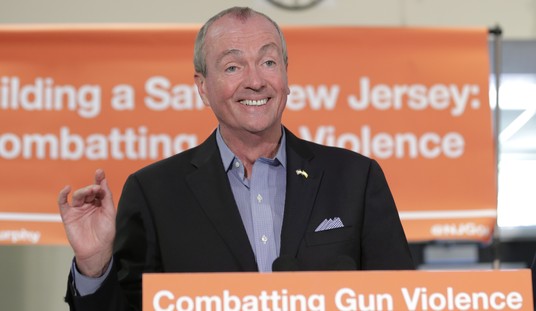It’s a nice catch by Investors Business Daily’s John Merline, but not exactly a shock to anyone who understood the real dynamics of the uninsured before ObamaCare. Advocates for a government-imposed overhaul of the health-care industry regularly decried the 47 million uninsured at that time (now 48 million) as if it was a monolithic bloc of people clamoring for insurance but who had no way to access it. Now, their own surveys show that half of their target market has no interest in health insurance anyway:
Let’s leave aside for a minute the oddity of this effort. Its backers have endlessly touted ObamaCare as a miracle of modern government that will at long last bring insurance within reach of 48 million people who desperately want it. Besides, the law mandates that everyone buy ObamaCare coverage.
So why the need for a big marketing push at all?
Once you look at the marketing slides the HHS has produced, you find the answer.
It turns out that the Democrats and the Obama administration apparently didn’t bother to investigate who these uninsured people actually are before they forced through a $1.8 trillion plan to help them.
What they’ve learned since is that more than half of the 48 million who the government says are uninsured aren’t interested in health insurance, which is why they don’t bother to buy it in the first place.
The administration now admits that vast numbers of the uninsured will be unlikely to respond to ObamaCare’s marketing pitches.
Read it all, but after you do, be sure and read this post from almost four years ago, too. You can also read Cato Institute’s analysis from the same period, or even our own Jazz Shaw at his former stomping grounds discussing the same data long before Democrats managed to shove ObamaCare through a gimmicky reconciliation package seven months later.
Heck, even the Census Bureau ran up a red flag at the time, on page 67:
National surveys and health insurance coverage
Health insurance coverage is likely to be underreported on the Current Population Survey (CPS). While underreporting affects most, if not all, surveys, underreporting of health insurance coverage in the Annual Social and Economic Supplement (ASEC) appears to be a larger problem than in other national surveys that ask about insurance. Some reasons for the disparity may include the fact that income, not health insurance, is the main focus of the ASEC questionnaire. In addition, the ASEC collects health insurance information by asking in February through April about the previous year’s coverage… Compared with other national surveys, the CPS estimate of the number of people without health insurance more closely approximates the number of people who are uninsured at a specific point in time during the year than the number of people uninsured for the entire year.
The actual number of Americans uninsured for significant periods by reasons other than choice was less than a third of the claimed number — just 14 million. The rest didn’t buy insurance because they just didn’t need it. Most of those who wanted insurance but couldn’t access it had poverty as the cause rather than any other issue, although pre-existing conditions played a part in this as well. The proper response to a problem of this scope — about 4.2% of the population — should have been to find ways to lower costs through competition, improved pricing signals by discouraging the third-party-payer model for routine health care, and expansion of existing safety-net programs to support the truly needy.
Had we done that, HHS wouldn’t have to create sales pitches for systemic overhauls that force Americans into plans they never wanted in the first place, whose structures actually increase costs and exacerbate the very problems that drive those increases. Those of us who actually researched the nature and the diverse backgrounds of the uninsured knew exactly that this would be the outcome of the top-down, one-size-fits-all approach that two-thirds of the target market had already rejected.
Unfortunately, that class of researchers didn’t include the majority in Congress, but then again, they had other motivations for their insistence on dictating outcomes for the health-care industry.








Join the conversation as a VIP Member